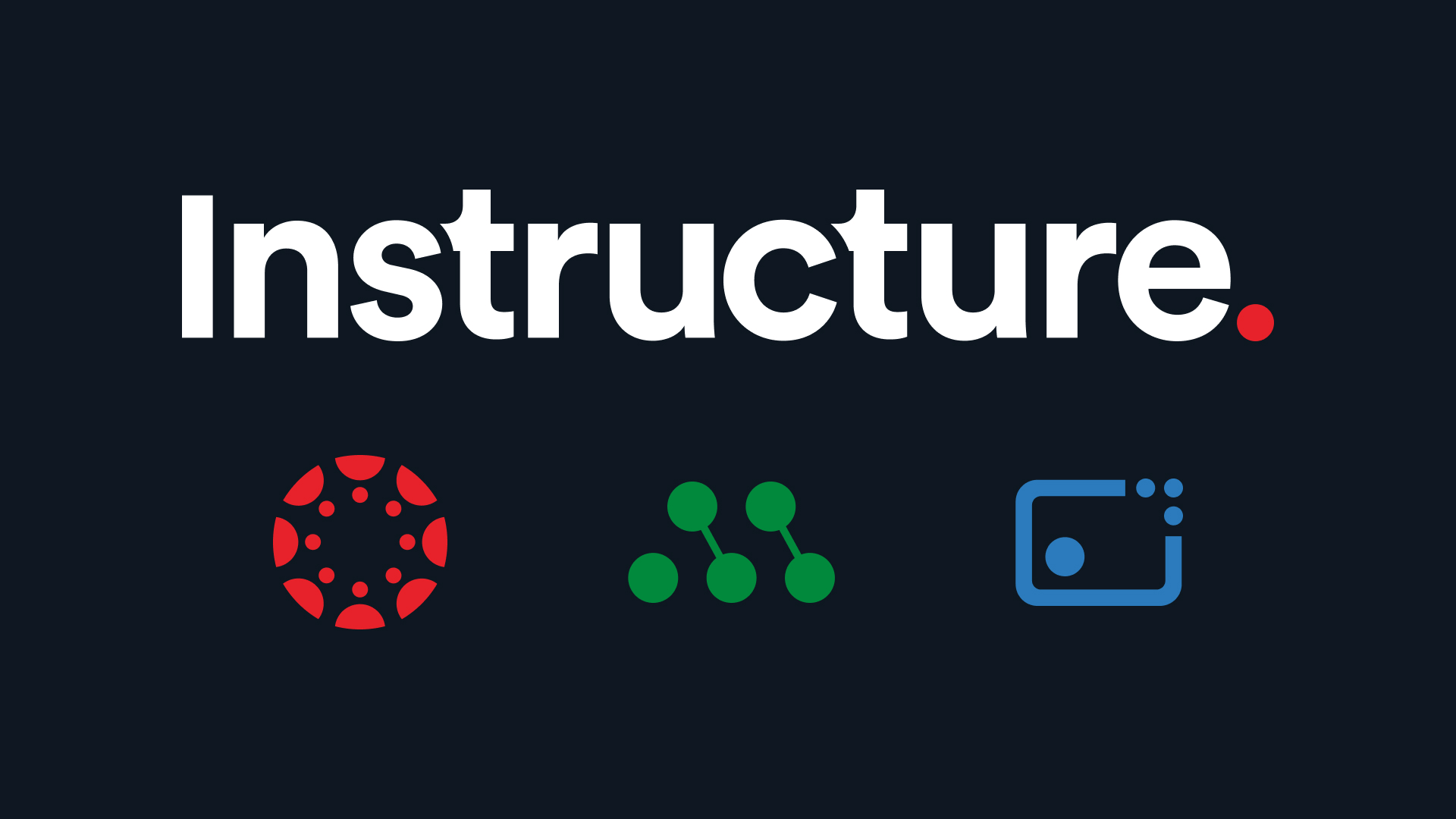De La Salle Santiago Zobel (DLSZ) is one of the 16 schools that make up the De La Salle Philippines network. The co-ed Catholic school is spread across two campuses in Alabang and Vermosa. It offers an education rooted in faith, service, and communion in mission to students from pre-kindergarten to grade 12.
The Challenge
DLSZ began experimenting with supporting in-class learning with technology more than a decade ago, in 2012. Initially, it made sense to go with a system that the school recognised and was familiar with.
“Since we were already a Google organization, it was natural for us to use Google Classroom when it launched,” explained IT Director Francisco Aromin. “But at that time, we were still growing in terms of maturity with technology in the classroom and feeling our way through it. We thought, ‘let’s just use what we have now and grow in time.’”
But as the school expanded and moved towards pedagogies like blended learning and incorporating more educational technology, it quickly became apparent that DLSZ’s needs were outpacing what their existing solution could handle.
“We needed more: more advanced features and a more complete solution. Even the way we structure our classes, it was all pretty much ad hoc with Google Classroom—it was a free for all, basically. We thought, ‘There has to be a better way to do it,'" Aromin said.
And then, of course, came the pandemic, forcing the school to quickly shift to fully remote learning and laying bare the limitations of their solution.
“During that time, we really saw a need to improve the system we were using,” said Edtech Coordinator Winona Diola. “We saw the limitations on the pedagogy that we wanted to offer our students. So in 2020, we started looking for a full learning management system (LMS).”
Key Insights
DLSZ adopted Canvas after needing an LMS that could support its pedagogies and grow alongside the school.
The school has been impressed with how well even lower-grade students adapt to using Canvas.
Integrating Canvas has increased accessibility for the entire school community, allowing students and parents to access lessons during disruptions like illness or weather.
It’s also enabled educators to address student needs as they arise, rather than at the end of term.
The Solution
The DLSZ team knew of Canvas, as De La Salle University, which they’re affiliated with, was already using the LMS, but they believed it might be better suited for a higher education institution. Still, the positive feedback from the university, along with the possibility of closer collaboration and resource sharing, was a selling point.
“We knew that our university counterpart was already on Canvas,” said School Principal Ruby Ramos.
“Since we’re a feeder school of De La Salle University, it was an easier decision to have Canvas as our LMS to also sync with the university. It helped with economies of scale and sharing best practices. We could ask, ‘How are you doing it there and how can we do that for K-12?’” she said.
Another major selling point for Canvas is that the LMS could “integrate with almost anything out there, including our own homegrown student information system (SIS),” Aromin said. “Every class and course in Canvas is pushed by our SIS—any change we make reflects right away in Canvas. That’s a big plus, because teachers don’t need to create their own classes.
The Results
Bringing on Canvas has been transformative for DLSZ’s entire school community, from students and their parents to teachers and the administrative staff who support them.
“As school head, the ability to have a one-stop shop and everything handy is our way of supporting our teachers, who are frontliners. Our work as admins is to make their lives easier by providing tools like Canvas,” Ramos said.
Consistency and pedagogy in Canvas
Any reservations about whether Canvas would work well for the K-12 school quickly disappeared as well. The DLSZ team was pleased with how easy it was for even their lower-grade students to use the LMS.
“The first time I saw Canvas, I thought it’d be a challenge for me to implement it in the grade school because, in 2020, I only knew it as a higher-ed product. But we can really modify the Canvas interface so that our young learners and their parents can use it. I was really surprised how students could understand Canvas from an early age,” Diola said.
“We use our LMS to highlight the blending learning approaches we are practicing in our school, like the ability to differentiate instruction with the Mastery Path and other effective teaching strategies we’re using to achieve acquisition levels."
“We want to make sure that we really address the needs of our students—not after the end of the term, but during. If students are struggling, then based on Mastery, we can easily provide intervention.”
For older students, already knowing how to use Canvas when they graduate from DLSZ is an unexpected perk as well. The school routinely hears from alumni who thank them for using Canvas, because their university uses the same LMS. It’s not just the universities in the Philippines, either.
“We have a student studying in Spain using Canvas at her university there,” Ramos said. “It is a really smooth transition and facilitates the adjustment to college life.”
Accessibility with Canvas
Integrating Canvas into DLSZ has also increased accessibility across the board. Modules and assessments that the school prepares for different courses can be accessed by students, teachers, and observers.
“We prepare our own Canvas modules in a playlist form, so that it’s student-friendly and accessible anytime, anywhere, even if a student is abroad or sick,” said Associate Principal Leah Marie Castillo. “I also love how detailed Canvas can be when we look at course analytics like student participation and assignment submissions.”
The team praised how helpful Canvas is for keeping parents informed on what’s happening in the classroom, especially as parents of Canvas users themselves
“I love the LMS because I can always ask my kid, ‘Have you checked Canvas?’” Aromin said. “You can see what they’re doing, if there’s homework or an assessment. As a parent, it’s a godsend. There’s no escape with Canvas!”
The staff really enjoys the announcement page about all the upcoming assessments or missed assignments, said Diola, while the Canvas inbox creates a communication link between the teachers and parents or observers. “We don’t need multiple platforms to make announcements or communicate with parents or students,” she said. “Now we only use Canvas.”
Successfully adopting Canvas
The DLSZ team was quite thoughtful about how they brought on the LMS, including integrating all their systems into Canvas early on to make it easier for their school community to adopt Canvas quickly. They also stressed the importance of investing in training.
New families and teachers get Canvas orientations upon starting at DLSZ, and the school also provides training opportunities throughout the year.
“We don’t just invest money, we invest time,” Castillo said. “Schools should provide comprehensive training to all stakeholders, including the students and parents, to ensure that they can all effectively use the features of Canvas.”
As the school continues growing, Ramos sees the relationship between DLSZ and Canvas as a long-term partnership
“The load of educators is always heavy. There is a need to ensure enduring understanding and positive learning outcomes among students. There is also the expectation to have effective classroom management. Canvas has lightened that load for our teachers. It allows them to focus more on the real value of education, because Canvas helps with all the other things.”
Download Case Study Now



